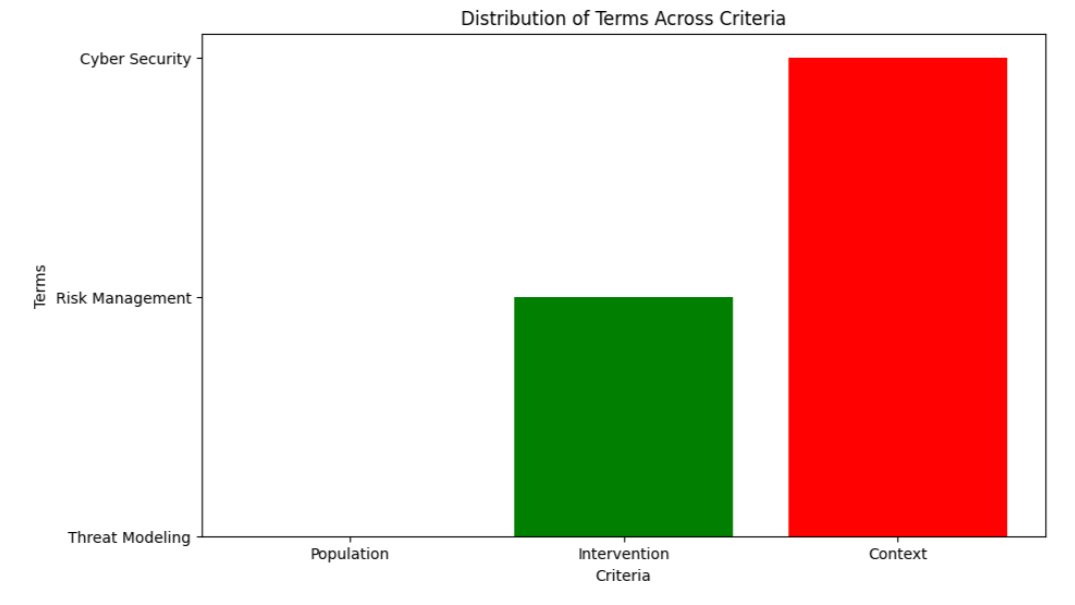
Exploring Attack Patterns: Exploiting Software Weaknesses Beyond Expectations
Rye Whalen ??
Engineering Consulting, Design & Prototyping – Expert in rapid design, fabrication, integration, and testing.
There is no warranty of this information. Make changes after consulting with your organizations leadership and change management process. Changes you make here will impact your organizations security posture
Quality Assurance efforts usually focus on testing that the feature works as expected. In the security world, we examine the software functions in ways never imagined to give us more access to resources and data.
Key Questions for Understanding the Technology
To understand a technology or system, consider the following key questions:
Introduction
Malicious actors care deeply about their work and they do not want to be disrupted while doing it, hence why they spend time working on supply side attacks and doing what they do best avoiding detection. This article will help you counter their efforts and make their jobs more difficult.
Think about something concrete, a house, car, building. Now think about how a malicious actor might try to get in to that. A house has windows, vents, doors while a car has doors and windows.
Think about the systems in a house, HVAC, Power, Appliances and a car has similar systems but slightly different a motor or engine, transmission, drive-train and entertainment features.
Now think about the abstract, a computer here, there, locally or remote has ports, protocols and procedures. These ports, protocols and procedures offer services that we have learned to rely on in our lives.
Lets extend that thinking pattern you just explored to some new concepts. Attack Surface Analysis
Attack Surface Analysis helps you to:
Identify what functions and what parts of the system you need to review/test for security vulnerabilities
Identify high risk areas of code that require defense-in-depth protection - what parts of the system that you need to defend
Identify when you have changed the attack surface and need to do some kind of threat assessment
The need for testing beyond expected behavior
The Attack Surface of an application comprises four key components:
Organizing Attack Patterns by Mechanisms
Here we review attack patterns hierarchically based on common techniques used when exploiting vulnerabilities. These categories represent the various methods employed to attack a system. It’s important to note that they don’t reflect the consequences or objectives of the attacks.
Overlap Potential: Some attack patterns may align with more than one category depending on one’s perspective. To mitigate this, each attack pattern within a category is presented with a technique that is consistently applicable, without exceptions.
Types of attack patterns
To enhance security, you can overlay this model with various types of users, including their roles and privilege levels when accessing the system. The complexity of your analysis increases with the number of different user types, but it’s crucial to focus primarily on two extremes: unauthenticated, anonymous users, and highly privileged admin users (e.g., database administrators and system administrators).
Here’s a structured approach to this analysis:
Identifying and Mapping the Attack Surface
When identifying and mapping the Attack Surface, consider the following steps:
Identifying Weaknesses in Software
Common software vulnerabilities (e.g., SQL injection, XSS, buffer overflows) Use the CWE to find common weaknesses This can identify interesting trends in real-world, exploitable weaknesses that can inform security policy and investment decision-making. To observe both upward and downward trends in CWE ranks.
Benefits of CWEs (Common Weakness Enumerations)
CWEs offer several valuable benefits:
Three specific weaknesses in software security have shown a consistent upward trend in ranking, and software developers and maintainers should prioritize addressing them:
These weaknesses highlight areas where security measures should be prioritized, and developers should pay attention to implementing safeguards against them.
Thinking Like an Attacker
Attackers are thinking about how to avoid detection, heres a common approach to how an attacker conducts footprinting and builds resources to complete their work.
Fingerprinting of the Operating System
TechniqueDescriptionPort MappingIdentify listening ports and protocol types.TCP/IP FingerprintingObserve OS-specific responses for OS guessing.Inducing ErrorsGenerate errors to find informative messages.Surveying the AppIdentify user input areas for file paths.
Experimentation with Input Parameters
TechniqueDescriptionAccess Common FilesAccess common files in root directories.Access Drive LettersAccess specific drive or volume letters.Access UNC SharesAccess known Windows UNC shares.
Exploiting Vulnerabilities
TechniqueDescriptionManipulate File PathsManipulate file paths through absolute sequences.Download/Modify/ExecuteDownload, modify, or attempt to execute files.
Conclusion
When it comes to security testing, even if you’ve thoroughly covered all the basics like examining Common Weakness Enumerations (CWEs) related to Broken Access Control and tracking down common attack patterns, you can’t claim absolute freedom from vulnerabilities. You can’t guarantee the software’s security with certainty.
And that’s perfectly fine.
There might still be business logic bugs that slipped through the cracks. There could be untested input patterns or unknown tainted payloads that could potentially exploit weaknesses. As you gain more experience, your testing methodology will improve, and you’ll likely discover and address these issues over time.
The process doesn’t end there, though. You’ll need to apply the same scrutiny to the other nine items in the Top 10 list. By doing so, you’ll establish a solid foundation for protecting against common risks and using real-world attack patterns. It’s an ongoing journey towards a more secure software environment.
Transitional Leadership, Conventional Disrupter, Futurist, Visionary
3 个月Insightful!
Info Systems Coordinator, Technologist and Futurist, Thinkers360 Thought Leader and CSI Group Founder. Manage The Intelligence Community and The Dept of Homeland Security LinkedIn Groups. Advisor
3 个月Thanks for sharing this information Rye Whalen ?? it is important we stay vigilant